The Phoenician king of Byblos, Ahiram, also known in both biblical and Freemasonic history as King Hiram had a son named, Ithobaal (Ἰθόβαλος; Hebrew Ethbaal, Ishba’al, Latin – Ithóbalos, Εἰθώβαλος; Eithṓbalos – meaning with Baal).
In the bible, Ithobaal succeeded his father has the King of Tyre and the Sidonians and was the father of Jezebel who was the wife of the seventh king of Northern Israel Kingdom, Ahab. (IKi 16:31). The Jewish historian Josephus tells us he was formerly a priest of Astarte (Ashtoreth), consort of Baal, who usurped the throne and reigned over Tyre and Sidon for 32 years (Contra Apionem i.18.123).
Proof of his existence was found when in 2012, archaeologists working for Prof. Yosef Garfinkel of the Institute of Archaeology of the Hebrew University and Saar Ganor of the Israel Antiquities Authority (IAA) were excavating a burial site at Khirbet Qeiyafa. It was there they had discovered a 3,000-year-old clay jar with ancient Phoenician writing which shined a new light on this King’s true name, his family, and also their role in biblical history.
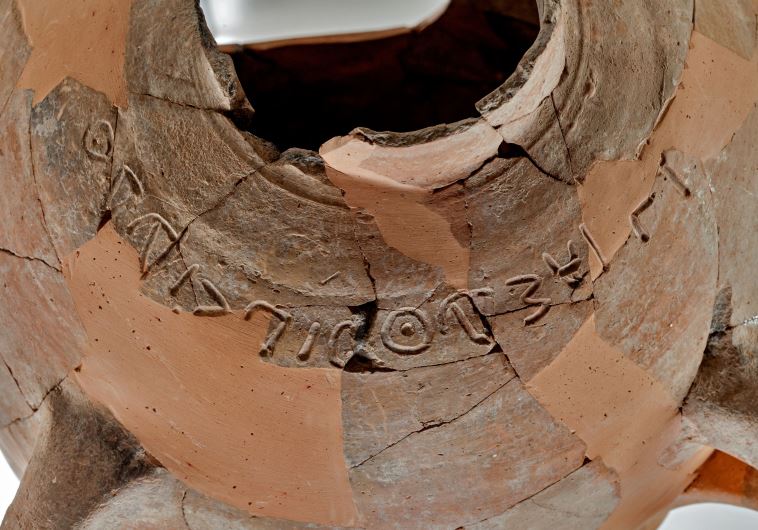
Three years later, in 2015, the scientists pieced together the ancient inscription on the jar which read;
“Ishba’al, son of Beda”.
The meaning they say is “man of Baal, son of Beda.”
The scientists are said to be puzzled about who this king said that only powerful people such as the ruling elite or priesthood had their names etched on pottery which suggests that a man of much importance in Judah used the jar to either store olive oil or wine.
According to Garfinkel and Ganor, “This is the first time that the name Eshba’al has appeared on an ancient inscription in the country. Eshba’al Ben Shaul, who ruled over Israel at the same time as David, is known from the Bible.
Eshba’al was murdered by assassins and decapitated and his head was brought to David in Hebron (2 Samuel 3–4). Inscription on the rim of the pottery It is interesting to note that the name Eshba’al appears in the Bible and now also in the archaeological record, only during the reign of King David, in the first half of the tenth century BC. This name was not used later in the First Temple period.
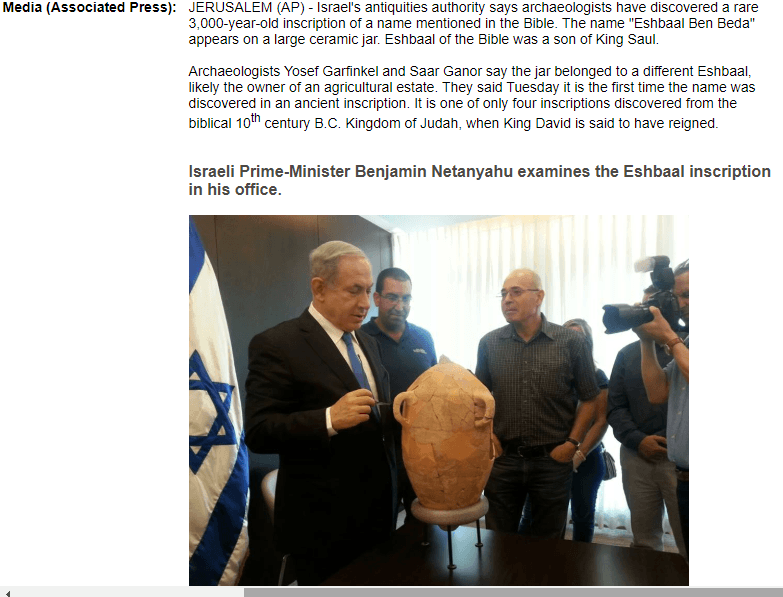
The correlation between the biblical tradition and the archaeological finds indicates this was a common name only during that period.”
They said, “The name Beda is unique and does not occur in ancient inscriptions or in the biblical tradition.”
However, I disagree with the researchers. In my own research, I have found that the name Beda and several different spelling of the same name have a long tradition both in the bible and in history.
For example, in the Scripture, we find a prophet of Baal named Obadiah who lived at the same exact time when King Ahab reigned and Jezebel.
This name Obadiah you will also find spelled many different ways such as Jehoiada, or in Greek as Abadias (ab-a-di’as), which I believe can be connected to Beda.
Proof of my theory can be easily found when searching scripture we discover in Kings, Obadiah with King Ahab and Jezebel.
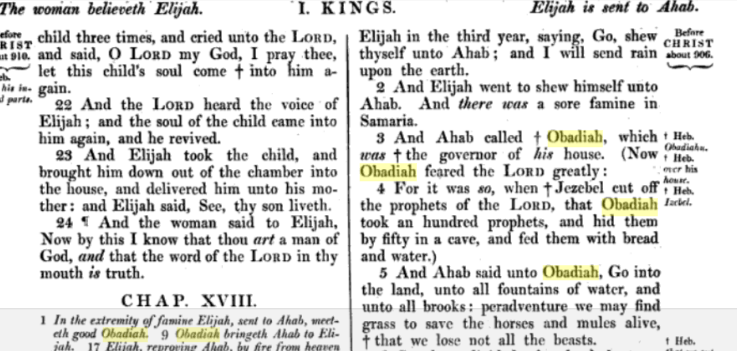
So we have a real-life inscription of a Phoenician King found by modern scientists who is named Ishba’al, son of Beda who is also known as Ithobaal (Ἰθόβαλος; Hebrew Ethbaal,Ishba’al, Latin – Ithóbalos, Εἰθώβαλος; Eithṓbalos – meaning with Baal) and had a daughter named Jezebel who he gave to marry King Ahab of Northern Israel.
According to the researchers, the fact that the name Eshba’al was incised on a jar suggests that he was an important person. He was apparently the owner of a large agricultural estate and the produce collected there was packed and transported in jars that bore his name. This is clear evidence of social stratification and the creation of an established economic class that occurred at the time of the formation of the Kingdom of Judah.
Archaeologist believed he probably owned significant agricultural estates.
Saar Ganor, director of excavation at Khirbet Qeiyafa for the Israel Antiquities Authority, said: ‘We have found hundreds of jars in big cities across what was the Kingdom of Judah.
‘This is the only one to have an inscription.
‘For the jar to bear this man’s name, it suggests he was someone very special and important.”
In my previous article, The World’s Oldest Curse: King Hiram’s Masonic Curse, I explained that that the oldest writing ever discovered was a curse written on the stone Sarcophagus of the Phoenician King Ahiram AKA King Hiram that was created by his son;
“Ishba’al, son of Beda”.
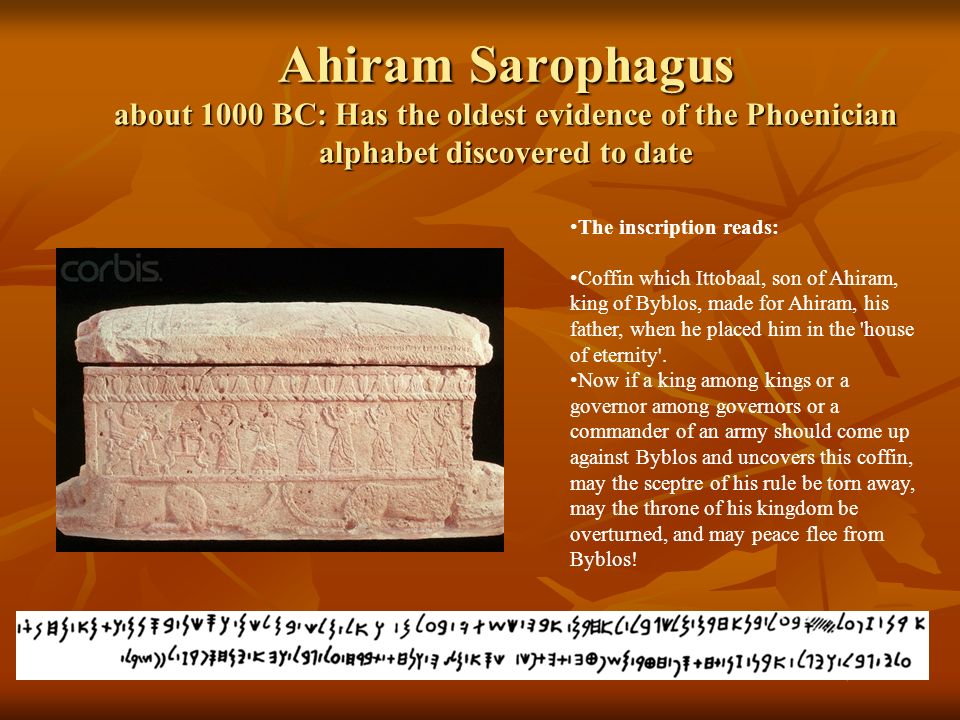
The inscription reads: Coffin which Ittobaal, son of Ahiram, king of Byblos, made for Ahiram, his father, when he placed him in the house of eternity . Now if a king among kings or a governor among governors or a commander of an army should come up against Byblos and uncovers this coffin, may the sceptre of his rule be torn away, may the throne of his kingdom be overturned, and may peace flee from Byblos!
The history relating to Ithobaal has been passed down to us by the Roman-Jewish historian Josephus’s whose work was derived from the Phoenician author Menander of Ephesus, in Against Apion i.18.
Menander mentions Ithobalus who Josephus on the authority of the Tyrian annals says in against Apion, i. 18. that Ethbaal, the king of Tyre, whose daughter Jezebel was Ahab’s queen, succeeded Hiram, the contemporary of Solomon.
Here it is said that the previous king, Phelles, “was slain by Ithobalus, the priest of Astarte, who reigned thirty-two years, and lived sixty-eight years; he was succeeded by his son Badezorus (Baal-Eser II), who lived forty-five years and reigned six. His son and successor, Margenus, lived thirty-two years and reigned nine. Pygmalion succeeded him, who lived fifty-six years and reigned forty-seven. In the seventh year of his reign, his sister, Dido, fled and built Carthage in Libya.’
Phelles was said to be the uncle of Ithobalus so he was of the same bloodline.
With that said, it is clear to me that “Ishba’al, son of Beda” is none other than Ithobaal (Ἰθόβαλος; Hebrew Ethbaal, Ishba’al, Latin – Ithóbalos, Εἰθώβαλος; Eithṓbalos) who in the Scripture is named Obadiah.
Another name to connect to this family is one we can find in the Bible where it says that King Saul named his fourth son Eshba’al (1 Chronicles 8:33).
Could King Saul also be Hiram Abiff and Obediah?
Here are some more images courtesy
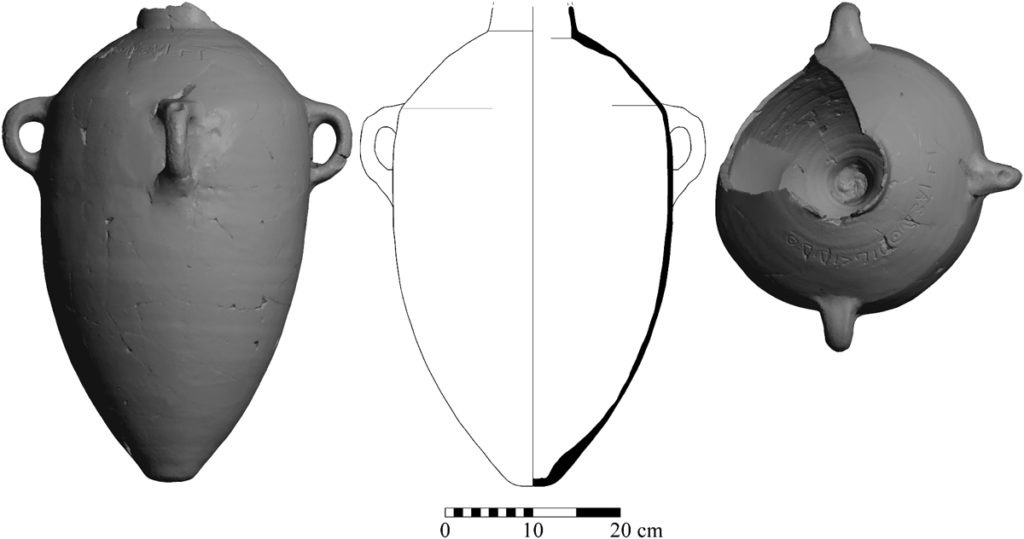
To be Continued:
Sources:
Press release by Israel Antiquities Authority
All cited above or open-source and readily available online.

Moe is the founder of GnosticWarrior.com. He is a father, husband, author, martial arts black belt, and an expert in Gnosticism, the occult, and esotericism.

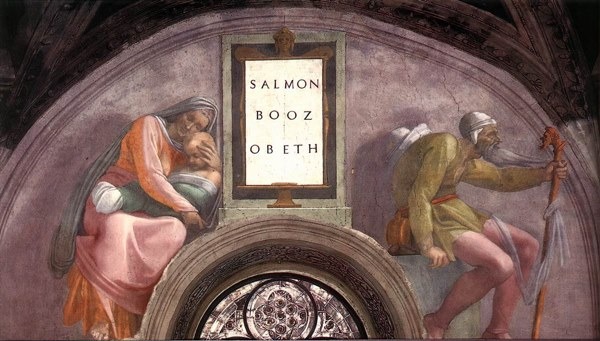
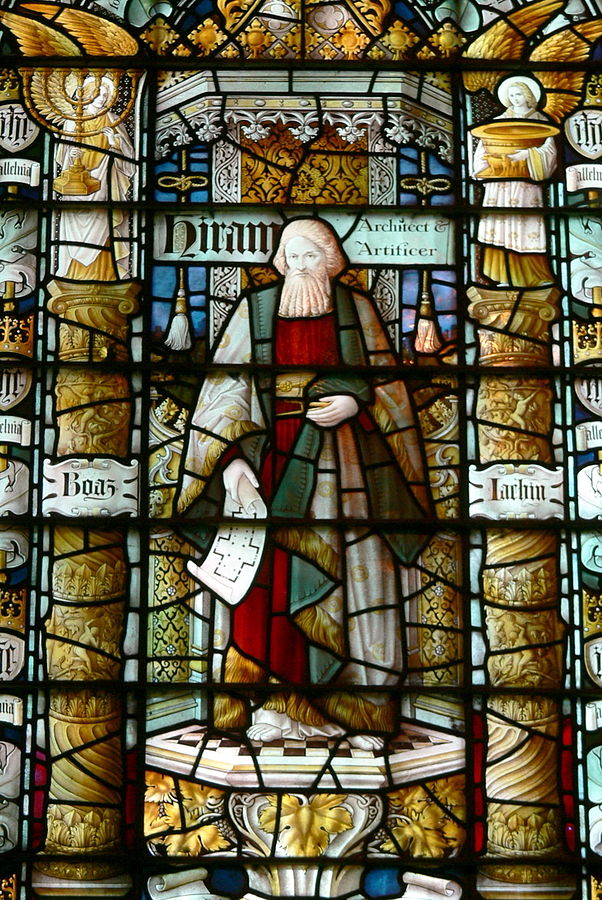
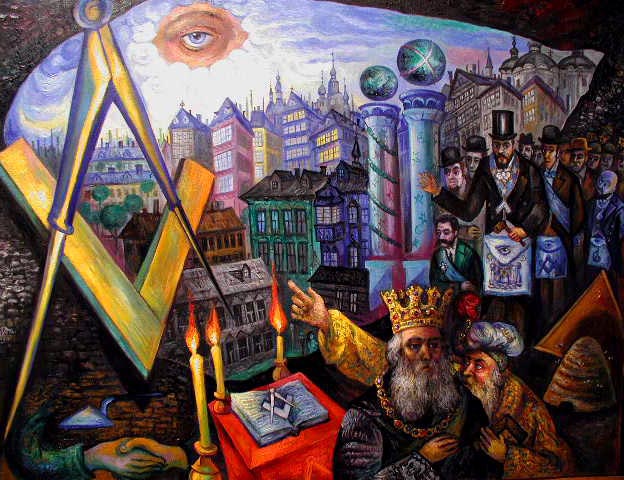
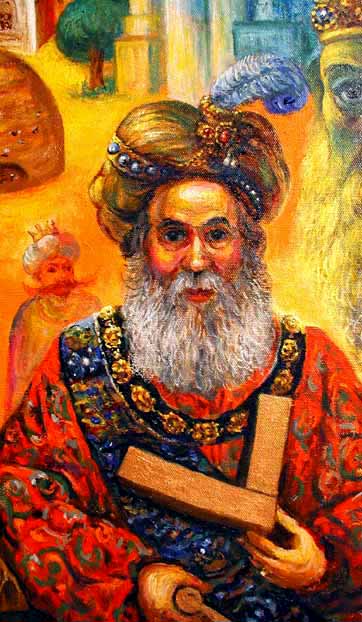
![How King Caedwalla, king of the Gewissae, having slain Ethelwalch, wasted that Province with cruel slaughter and devastation [685 A.D.] | Book 4 | Chapter 15 How King Caedwalla, king of the Gewissae, having slain Ethelwalch, wasted that Province with cruel slaughter and devastation [685 A.D.] | Book 4 | Chapter 15](https://www.gnosticwarrior.com/wp-content/plugins/contextual-related-posts/default.png)
